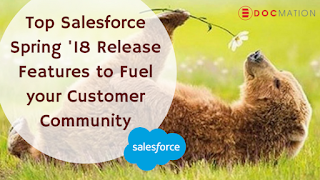Forrester foresees, “By 2019, the global B2B e-commerce market size will be worth $1.1 trillion compared to the B2C market at $480 billion.”
As a growing number of B2B organizations are adopting digital commerce and forgoing traditional selling methods, there is also a rise in B2B technologies and B2B e-commerce opportunities. Leading platforms like Salesforce Commerce Cloud and CloudCraze, Magento, and more are offering suitable B2C-like features to build high-performing, engaging, and functional B2B web stores. But is it enough to only recreate a B2C-like B2B store, or is there more to it? Do you have a B2B e-commerce website on your mind? To overcome the challenges that come in while creating superlative B2B e-commerce stores, you need this checklist.
- Customer Classification Based on the Profiles into Groups
B2B stores should be able to classify customers according to their profiles into groups based on location, catalog selection, order size, etc. But why classify? The customer shopping experience is one such viewpoint that pulls in more customers; therefore, segmenting or properly classifying customers into groups will improve their shopping experience based on the selected profile.
- Customized pricing strategy
In the B2C structure, the pricing is always easy because the cost remains the same for each customer. But compared to B2C, the pricing in B2B is very complex.
For More: example of b2b e-commerce websites




